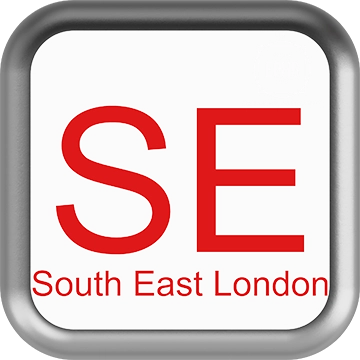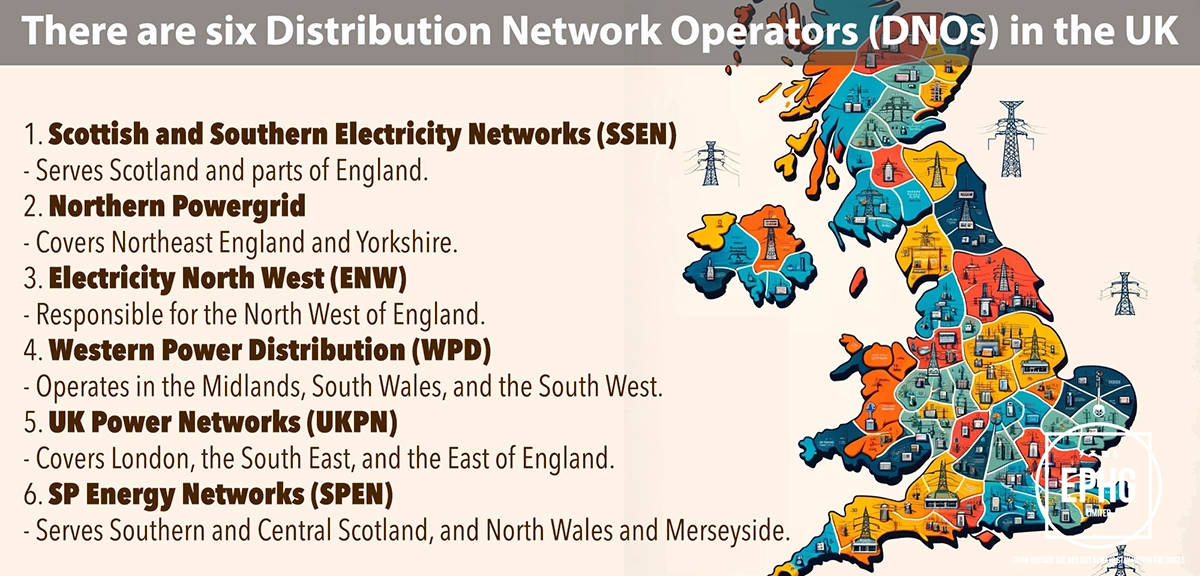
SE Postcodes for Utilities & Services in Southeast London
Introduction: The SE postcode area, covering Southeast London and its diverse neighborhoods, offers insights into the utilities and services specific to this urban landscape. In this guide, we delve into the intricacies of water and electricity provision in the area, alongside other essential information for residents.
Water in Southeast London
Where does the water supply come from in the SE postcode area, and are there ever water shortages?
In the SE postcode area, the primary water supply sources include the River Thames and the River Lea, crucial lifelines that play a significant role in meeting the region’s water demands. Advanced treatment facilities along these rivers ensure the water meets rigorous safety standards before it is distributed to homes and businesses. Despite the robust infrastructure, Southeast London, like many urban areas, faces challenges such as climate change and increasing demand due to population growth, which can lead to periodic stress on water resources. Water companies and local authorities actively manage supplies and encourage water-saving measures among residents to help preserve this vital resource and ensure its sustainability for future generations.
What is the hardness and quality of the water in Southeast London, and how can it affect your health?
The water in the SE postcode area is generally classified as 'hard' due to its journey through limestone and chalk areas before reaching consumers. Hard water contains higher levels of calcium and magnesium, leading to scale buildup in pipes and appliances. Despite this, the water quality in Southeast London meets all legal safety and health standards, undergoing continuous monitoring and testing to ensure it remains safe for consumption. While hard water can affect household appliances, it is not harmful to health and may even contribute beneficial minerals to the diet. However, residents may choose to use water softeners or filters to manage hardness levels according to their personal preferences and needs.
Electricity in Southeast London
Where does the electric supply come from in Southeast London and what is the future of energy there?
Electricity in Southeast London is increasingly sourced from a mix of traditional and renewable energy sources. While historically dependent on fossil fuels, there is a noticeable shift towards green energy solutions, reflecting wider trends across the capital. Significant contributions come from solar panels installed on residential and commercial buildings, as well as from larger renewable projects in the surrounding areas. The Thames Barrier is another symbol of potential future energy projects, hinting at tidal energy possibilities. Southeast London aims to lead by example in the transition to sustainable energy, with plans to expand the use of renewable resources and smart technologies, reducing carbon emissions and enhancing energy efficiency in the area.
What are Southeast London's plans for reducing carbon emissions in heating?
As part of the broader London initiative, Southeast London is moving towards more sustainable heating solutions to reduce its carbon footprint. This includes the adoption of district heating networks, which provide efficient, centralized heating solutions, and the gradual phase-out of gas boilers in favor of electric and hybrid heat pumps. These efforts are in line with the UK's commitment to achieving net-zero carbon emissions by 2050, with local councils providing information and support to residents considering making the switch to greener heating options.
Where Does the Wastewater Go in Southeast London?
Wastewater management is a critical component of Southeast London's infrastructure, aiming to protect the River Thames and surrounding waterways while maintaining public health standards. After use, wastewater from homes, businesses, and industry is channeled to treatment facilities such as the Crossness Sewage Treatment Works. Here, it undergoes rigorous processing to remove contaminants before the cleaned water is released back into the Thames. This system not only preserves the health of the river but also contributes to the overall sustainability efforts of the region, showcasing Southeast London's commitment to environmental protection and urban sanitation.
Regions and Services:
The SE postcode offers a vibrant mix of urban and suburban settings, from the bustling areas of Southeast London to the more serene suburban locales. Key regions include:
- Greenwich and Lewisham: Vibrant urban centers known for their rich history and significant urban utilities development. These areas boast advanced electrical and gas infrastructure amidst historical and cultural landmarks.
- Bromley and Bexley: Suburban towns that balance modern services with green spaces, reflecting a mix of traditional charm and contemporary living. They are increasingly incorporating sustainable practices and renewable energy sources.
- Peckham, Camberwell, and Deptford: Dynamic, diverse neighborhoods experiencing growth and revitalization, with improvements in utilities and services to match the rising demand. These areas are seeing a significant push towards sustainability and community-focused initiatives.

Regions within the SE Postcode
London and Surrounding Areas
- SE1: Southwark, Waterloo - Known for the London Eye, Tate Modern, and bustling food markets.
- SE2: Abbey Wood, Thamesmead - Growing areas with green spaces and residential developments.
- SE3: Blackheath, Westcombe Park - Affluent neighborhoods with open heaths and village feels.
- SE4: Brockley, Crofton Park - Popular with young professionals, known for its arts scene and cafes.
- SE5: Camberwell - Diverse community with a vibrant arts scene and historic buildings.
- SE6: Catford, Hither Green, Bellingham - Areas with large parks and local community projects.
- SE7: Charlton - Known for its historical ties, large parks, and sports facilities.
- SE8: Deptford - Rich maritime history, creative communities, and riverside living.
Outer South East London Regions
- SE9: Eltham, Mottingham - Suburban areas with historical sites and parks.
- SE10: Greenwich - Home to the Royal Observatory, maritime history, and marketplaces.
- SE11: Kennington, Lambeth - Central locations with historical buildings and close to the Thames.
- SE12: Lee, Grove Park - Residential areas with green spaces and community feel.
- SE13: Lewisham, Hither Green - Busy shopping areas with a mix of residential properties.
Kent and Beyond
- SE14: New Cross - Vibrant student area with cultural venues and nightlife.
- SE15: Peckham, Nunhead - Diverse areas known for their independent shops and arts scene.
- SE16: Rotherhithe, Bermondsey - Riverside living with historic docks and modern developments.
- SE17: Walworth, Elephant & Castle - Rapidly changing areas with new homes and cultural spaces.
- SE18: Woolwich, Plumstead - Areas with military history transitioning to new residential zones.
- SE19: Crystal Palace, Norwood - Known for panoramic views, parks, and eclectic shops.
- SE20: Anerley, Penge - Residential areas with easy access to parks and amenities.
- SE21: Dulwich, West Dulwich - Affluent areas with prestigious schools and galleries.
- SE22: East Dulwich - Popular for its vibrant high street and community atmosphere.
- SE23: Forest Hill, Honor Oak - Noted for its museums, parks, and residential charm.
- SE24: Herne Hill - Offers a village feel with markets, cafes, and parks.
- SE25: South Norwood - Featuring lakes, parks, and artistic communities.
- SE26: Sydenham - Residential areas known for their arts festival and natural springs.
- SE27: West Norwood, Tulse Hill - Diverse communities with cultural events and green spaces.
- SE28: Thamesmead - Modern housing developments and scenic walks by the Thames.




